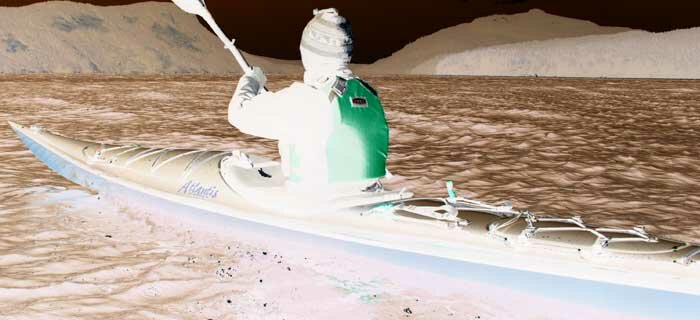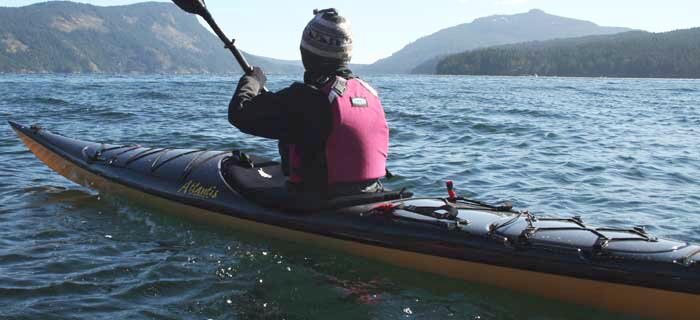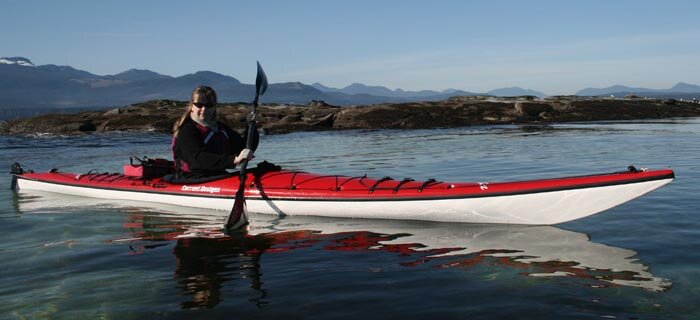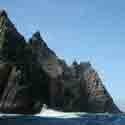
Ibis, the ancient seabird
For those of us who love to paddle coastal waters, there is a feathery companion whose historical link to coastal man may date back further than any other seabird.
The ibis is a wading bird, often mistaken for a heron. It frequents coastal shallows, lagoons, marshes and bay, and its historic connections with humans can be traced all the way back to the bible.
They are of the family Threskiornithidae, (order Ciconiiformes) and their name is believed to be Greek, borrowed from the ancient Egyptian “HIB.” There are about 30 known species and 13 separate genus of this varied and curious creature.
I have often glided silently by them in the marshy wetlands of Southern California where I live, and also in the mangroves of Baja, Mexico, where I frequently paddle. They walk along nobly as they use their long curved beak that they often bury up to their eyes to probe in the mud for mollusks, crustaceans, and small fish.
They are found in warm latitudes throughout the world with some of them migrating to warmer climates in wintertime. They can stand two and a half feet (75 cm) in height on their long legs, and vary in color and plumage depending on the particular species. All are identifiable by the orange beak. Because of the beak’s unique curved shape and strength, the ibis will also probe into grass to find worms, helping to aerate the soil as it feeds.
They nest either on the ground or in short bushes near the coast, building homes of small tree limbs. The female will lay three to five green or blue eggs often with brown speckles. They are social within their species and often nest colonially with both male and female caring for the eggs and newborn hatchlings. They feed their young small fish, frogs, and sometimes human detritus that both male and female collect. During mating they are known to make grunts and croaking noises, but other than that are usually silent. When hunting they can draft low over the water looking for prey, riding the thermal currents just off the caps of waves. While rooting along in shallows they will usually be found in pairs, one standing watch while the other hunts.
Among the species, the glossy ibis is found throughout the lower eastern United States and as far as Europe and Australia, while the white face and white ibis are only found in the Americas. The scarlet ibis, bright red or pink as its name implies, is native to South America where it is often hunted for its bright plumage. Because it was so devastatingly hunted there, the scarlet ibis was introduced to the United States in the 1960s in hopes of maintaining the species and it is now doing well there. It is still the national bird of Trinidad and Tobago.
The sacred ibis, the largest of them all, is found in coastal Africa, usually south of the Sahara, but is no longer seen in Egypt where it was once worshipped as sacred.
In the Birecik region of Turkey, near Mount Ararat, where Noah’s ark supposedly came to rest after the great flood, local legend claims the northern bald ibis to be the first bird released by Noah as a symbol of fertility, and because of this strong local belief, it allowed that particular bird to thrive in that region long after it became extinct across the rest of Europe.
In ancient Egypt, the god Thoth, symbol of wisdom and knowledge, was often depicted as a man with the head of an ibis. Throughout Egypt there are murals and statues of the ibis, and at the city of Hermopolis the birds were specifically bred for sacrifices. In Saqqara, home of the famous step pyramid south of Giza, a building known as the Serapeum was used to bury bulls worshipped by a religious cult, and in it is confines the mummified remains of one and a half million ibises was uncovered along with thousands of mummified falcons.
In the southern United States, local folk claim the ibis is the last animal to take cover at the approach of a hurricane and the first to reappear after the storm. Because of this the mascot of the University of Miami is an American white ibis.
They are magnificent to watch in flight as they crane their elegant necks forward while extending their long legs straight out to the rear. On a recent paddle in Mexico I was privileged to watch dozens of white ibis soaring low over the water, riding the thermals while spotting baitfish, then landing all around my boat to feast as I sat there, silently marveling at their quiet beauty. For at least a thousand years the kayak has been one of mankind’s steadiest forms of coastal transport and the ibis was there long before.
You can follow James Dorsey’s work at his website, www.jamesdorsey.com. You can also read past articles by Dorsey in this series on seabirds at www.coastandkayak.com/Articles_wildlife.html






















 This site uses valid HTML, CSS and Flash. All content Copyright © 2010 Wild Coast Publishing.
This site uses valid HTML, CSS and Flash. All content Copyright © 2010 Wild Coast Publishing.
Coast&Kayak Magazine is providing this forum beginning with this issue to offer feedback on our content. We screen submissions prior to posting, so there may be a lag before seeing your feedback online. Please note it's our intention to print the best of the replies we receive, so please leave a valid email for verification purposes. Email addresses will not be printed.